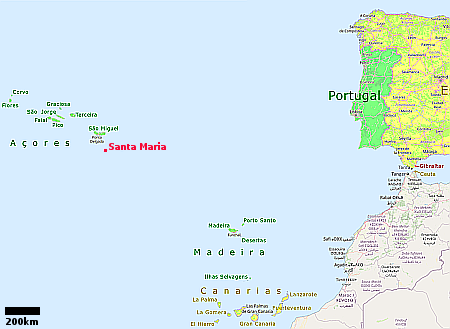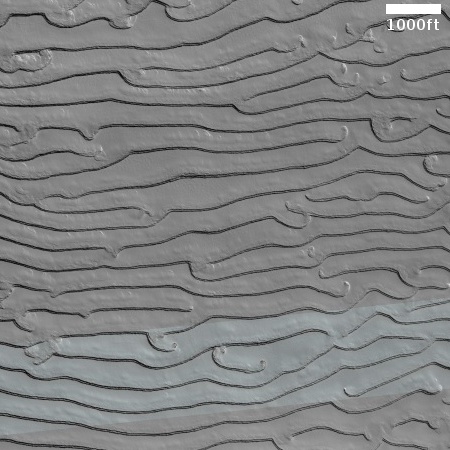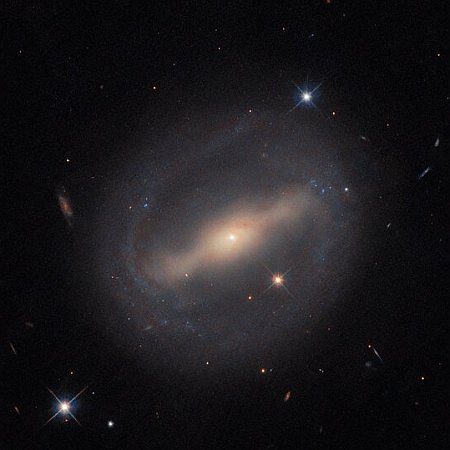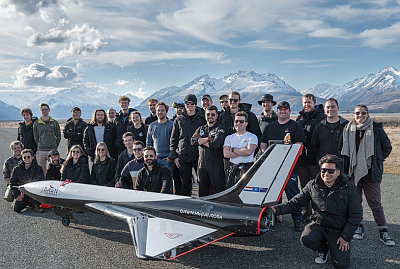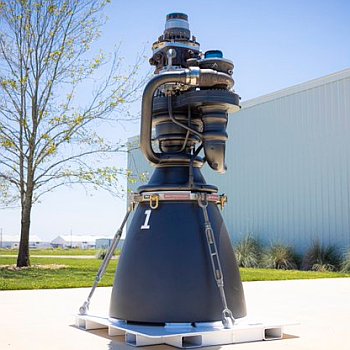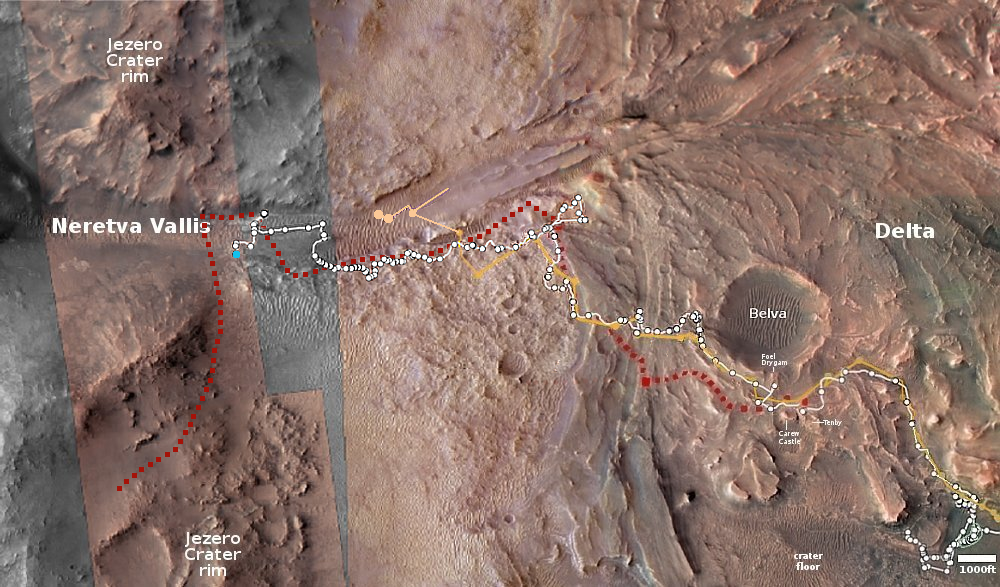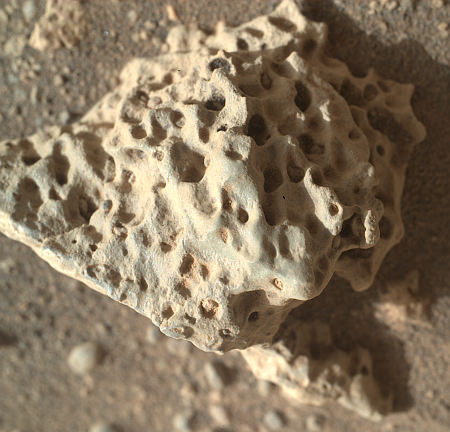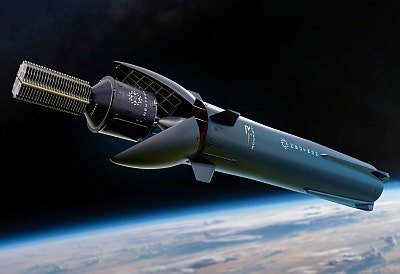Orbital tug startup Astroscale expands partnership with European aerospace giant Airbus
The Japanese-based orbital tug startup Astroscale has signed an agreement with the European company Airbus to expand their partnership beyond an earlier agreement to use Airbus’s robot arm on Astroscale’s tug.
Under the MoU, Astroscale and Airbus will explore ways to boost the development of navigation and docking technologies for satellite servicing and debris removal missions they did not specify. According to the news release, the expanded partnership seeks to combine Airbus’s satellite manufacturing and space systems heritage with technologies Astroscale is developing for in-orbit servicing.
Astroscale has been aggressively working to get business both in Europe and the U.S. by opening divisions in both regions. This deal is clearly part of that effort. It also provides Astroscale resources as a new startup it previously did not have.
The Japanese-based orbital tug startup Astroscale has signed an agreement with the European company Airbus to expand their partnership beyond an earlier agreement to use Airbus’s robot arm on Astroscale’s tug.
Under the MoU, Astroscale and Airbus will explore ways to boost the development of navigation and docking technologies for satellite servicing and debris removal missions they did not specify. According to the news release, the expanded partnership seeks to combine Airbus’s satellite manufacturing and space systems heritage with technologies Astroscale is developing for in-orbit servicing.
Astroscale has been aggressively working to get business both in Europe and the U.S. by opening divisions in both regions. This deal is clearly part of that effort. It also provides Astroscale resources as a new startup it previously did not have.

